Types Of Dog Brushes
Grooming your dog regularly helps minimize shedding, control where that loose hair falls, and improve the health of your dog’s
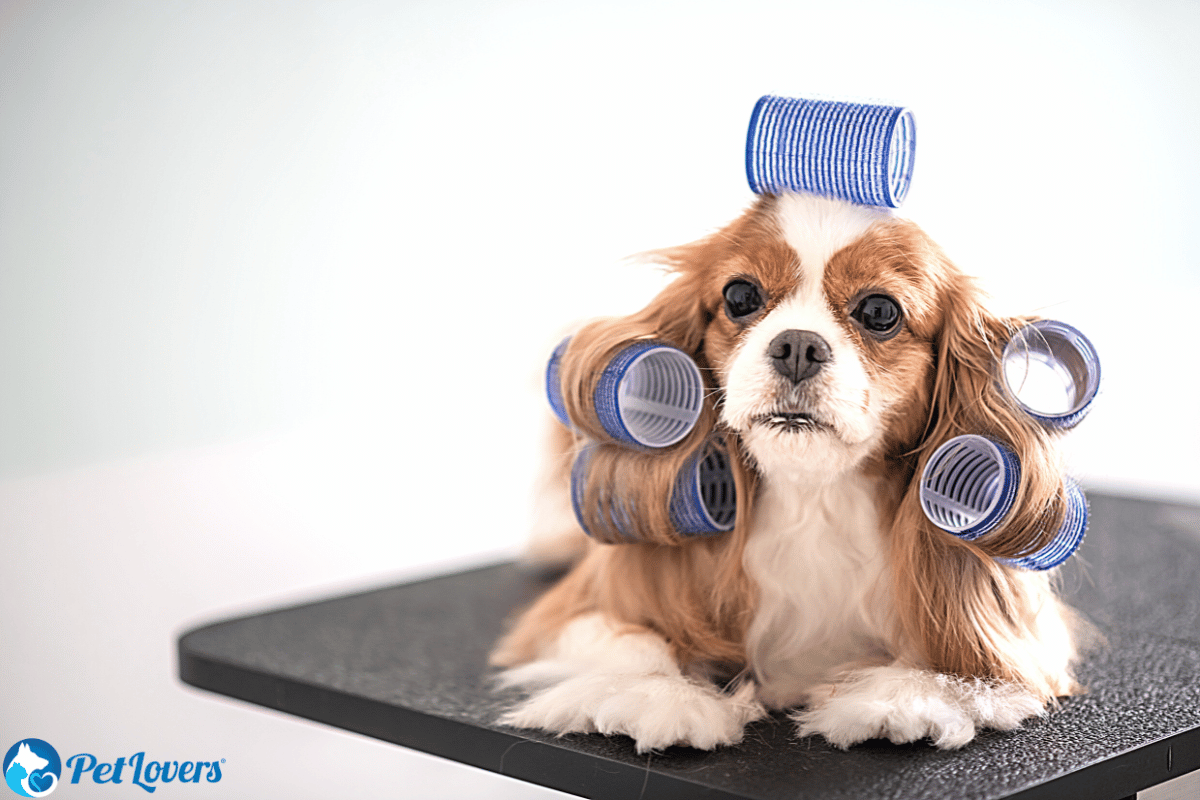
Grooming is essential for your dog’s skin health and overall well-being. Lack of grooming not only makes your pup look dirty and have an unpleasant odor but also poses a serious threat to its health.
Impaired blood flow, bacterial and fungal infections, scabs or cuts, and hot spots are some of the many dangerous side effects of not grooming your dog regularly. Below we have listed how often to groom a dog by their specific type of hair as well as the breeds associated.
Table of Contents
There is no simple answer to how often you should groom your canine. Grooming needs vary widely between different breeds of dogs. Some breeds, such as the Poodle and Afghan Hound, require frequent grooming, while short-haired dogs like the Boxer and Beagle have minimal grooming needs.
Factors that determine how often to groom a dog include its breed, type of coat, and length of hair. The frequency of grooming also depends on your pup’s lifestyle and whether or not you have pet allergies.
A dog that spends a lot of time outdoors needs to be groomed more often, even if it belongs to a low-maintenance breed. Similarly, if you or someone you live with has pet allergies, you may need to groom your dog more often to minimize the presence of dog dander in your house.
It’s important to be familiar with your dog’s grooming needs as a lack of it can become a health hazard for your pooch. Below you’ll find comprehensive information about the grooming needs of different types of dogs.
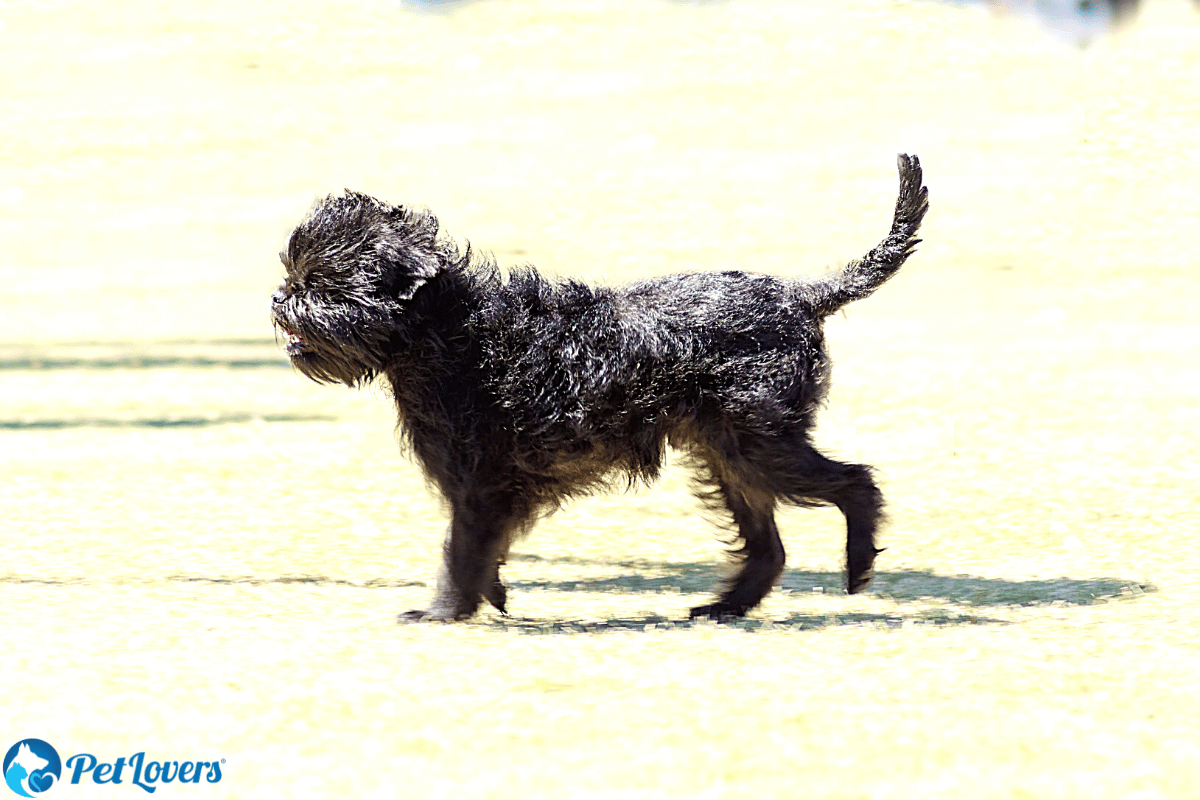
Short-haired dogs, such as the American Foxhound, are less prone to problems like matting and foul smell and therefore do not need to be groomed as often as long-haired dogs. They don’t even require haircuts except for medical purposes.
However, short-haired breeds do need frequent brushing sessions for the removal of debris. You should not have to groom your dog more than once every two months if they don’t spend much time outdoors.
Some of the short-haired breeds are the Affenpinscher, American Staffordshire Terrier, Australian Cattle Dog, Boston Terrier, Doberman, and Pug.
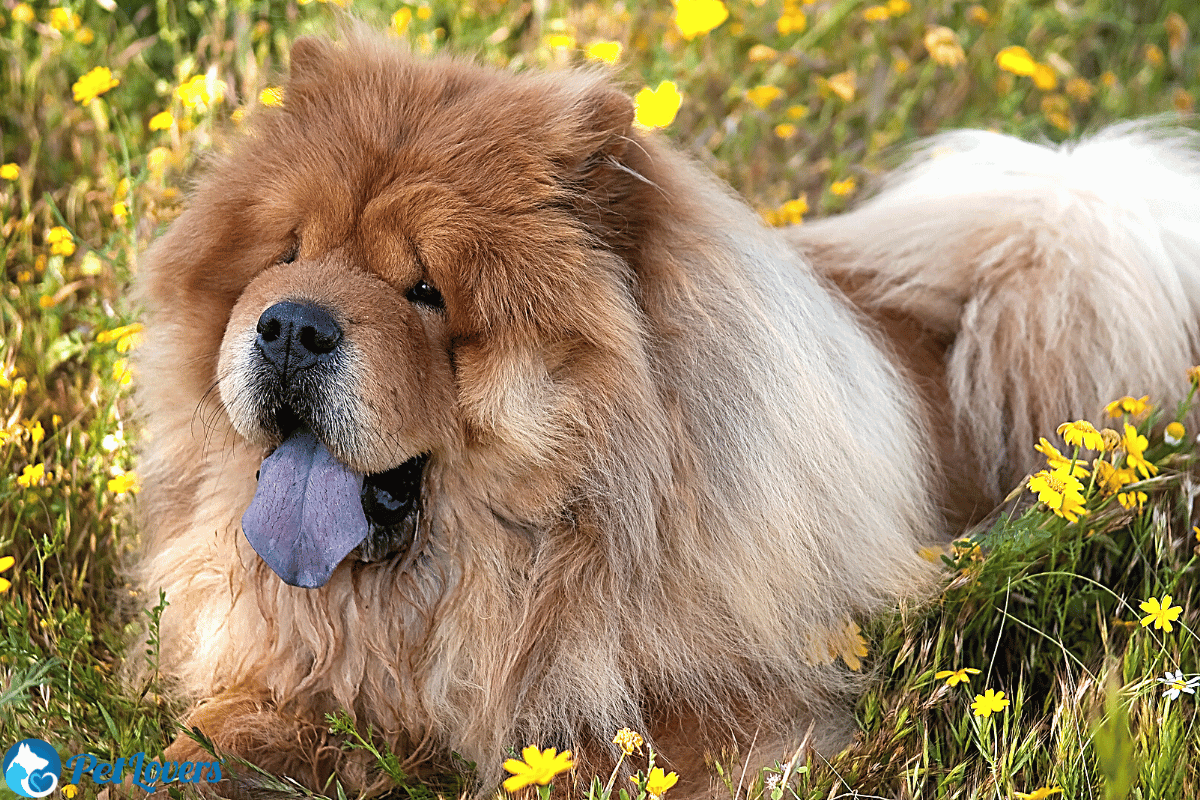
Fluffy, long-haired dogs require frequent grooming as their fur is more susceptible to matting. Long fur also catches debris and becomes greasy more quickly than short hair.
Some long-haired breeds, such as the Australian Shepherd and Border Collie, need to be brushed twice daily and bathed every four to six weeks. These dogs shed seasonally so professionally grooming every three months is important to keep your canine’s coat healthy and clean for longer periods.
The Cavalier King Charles Spaniel, Chow Chow, Cocker Spaniel, Komondor, and Irish Wolfhound are some of the highest-maintenance, long-haired breeds.
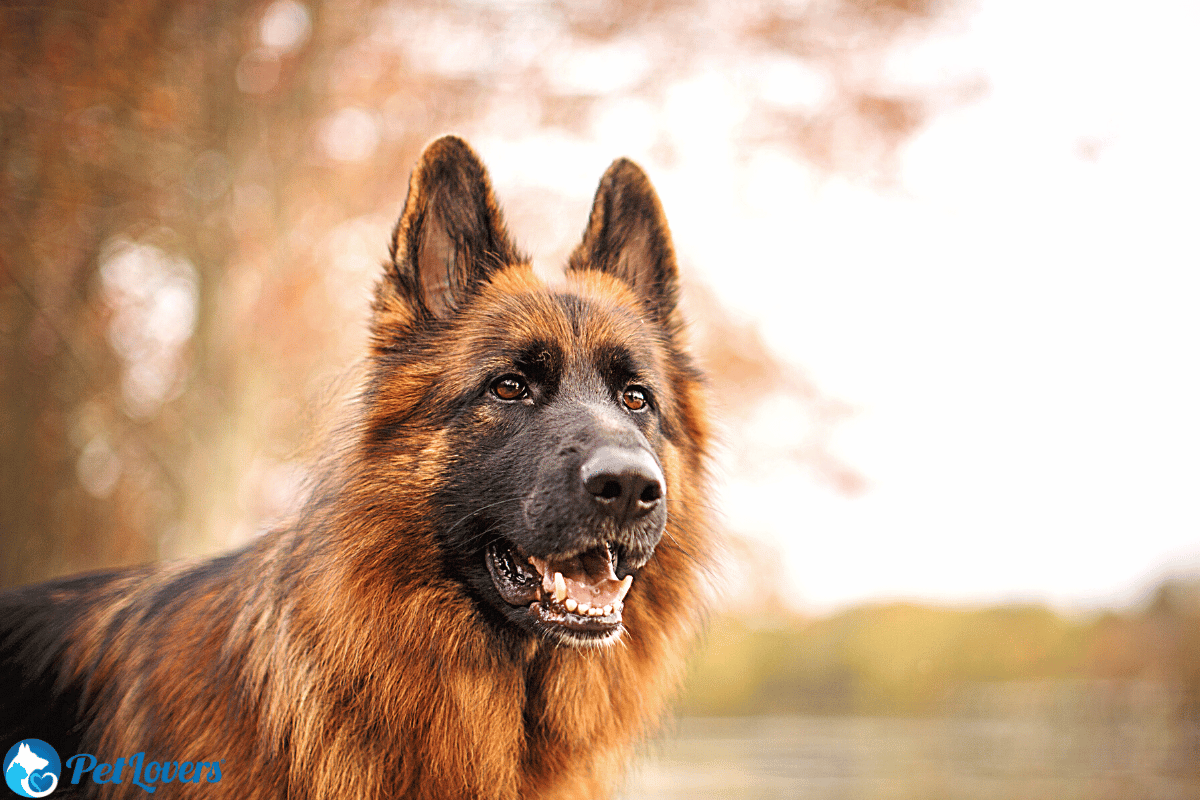
Double-coated dogs have two coats: a soft undercoat with ultrafine hair and a harsh top coat with stiff guard hairs. The former acts as an insulation sheath to protect the dog from extreme temperatures, while the latter keeps moisture, dirt, and harmful chemicals at bay.
Only the dense undercoat undergoes molting. Breeds indigenous to areas with cold climates tend to be double-coated, such as the German Shepherd, Malamute, Golden Retriever, and Pomeranian.
However, many breeds with undercoats are not winter-safe, such as the Beagle. The overgrowth of thick undercoats can prevent a dog’s skin from breathing properly. Therefore, double-coated dogs should be professionally groomed every 8 to 10 weeks for the complete removal of old, damaged undercoats.
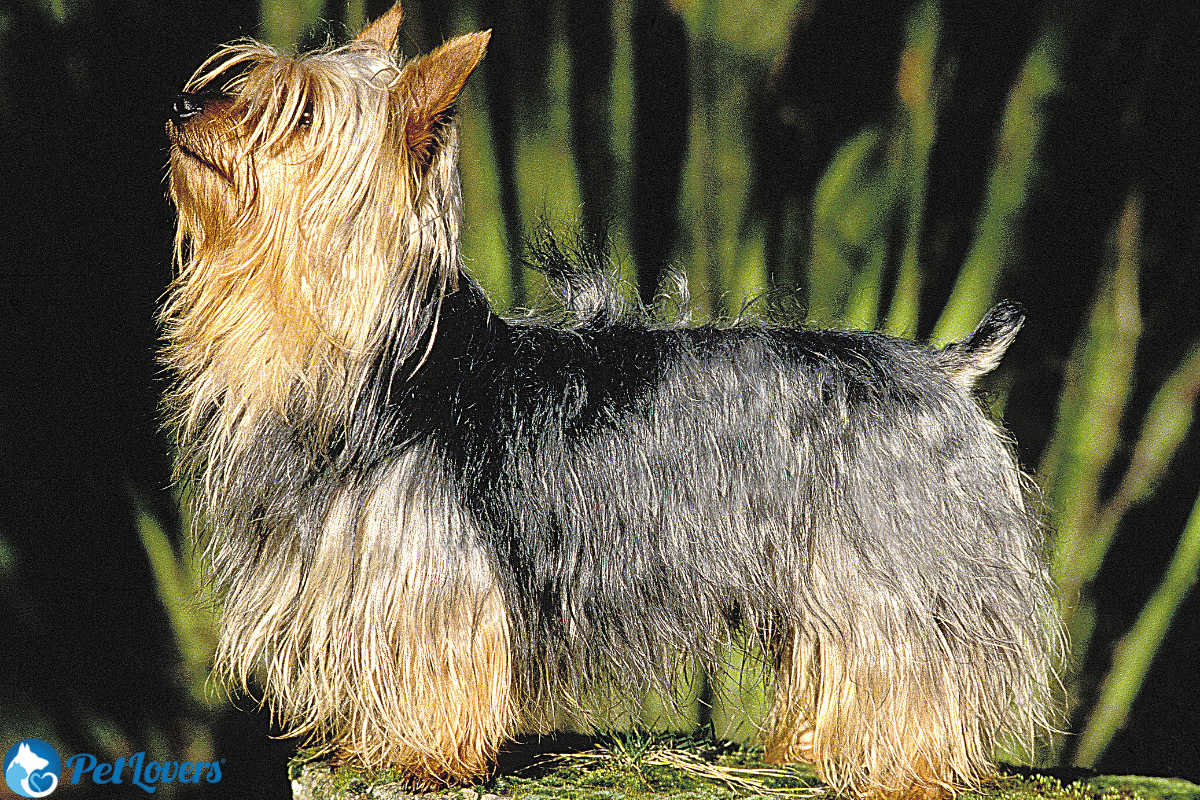
As silky fur can quickly form mats, silky-haired dogs need to be groomed every four to eight weeks. All breeds with silky hair have a single coat of soft, fine hair that grows long quickly and needs to be trimmed every two to three months.
Brushing is a daily ritual for parents of silky-haired dogs. Bathing, on the other hand, should be performed by professional groomers when needed. Overbathing these breeds will only make their silky hair brittle, causing excessive shedding.
The Afghan Hound, Yorkshire Terrier, Cocker Spaniel, Silky Terrier, and Irish Setter are the most popular silky-coated breeds.
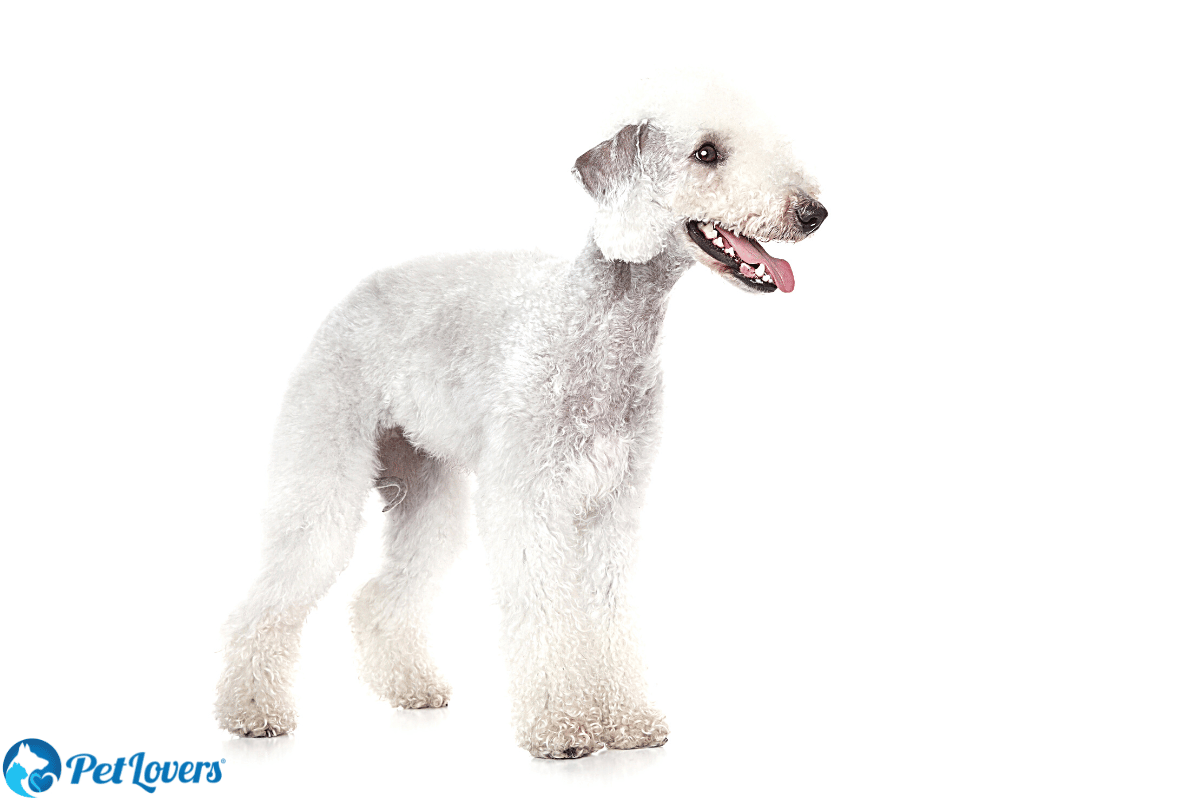
Breeds with curly hair are most likely to develop hard-to-detangle mats. Curly-haired dogs need proper grooming every four to six weeks to have tangle-free coats.
If your dog’s hairs are longer than half an inch, you should brush them twice a week. Dogs with hair longer than an inch need to be brushed daily. You should not allow the hair to grow longer than two inches, as recommended by professional groomers.
Some of the most popular curly-hair dogs are the Standard Poodle, Bichon Frise, Bedlington Terrier, Portuguese Water Dog, and Miniature Poodle. Designer poodles like Cockapoos and Labradoodles also tend to have curly hair.
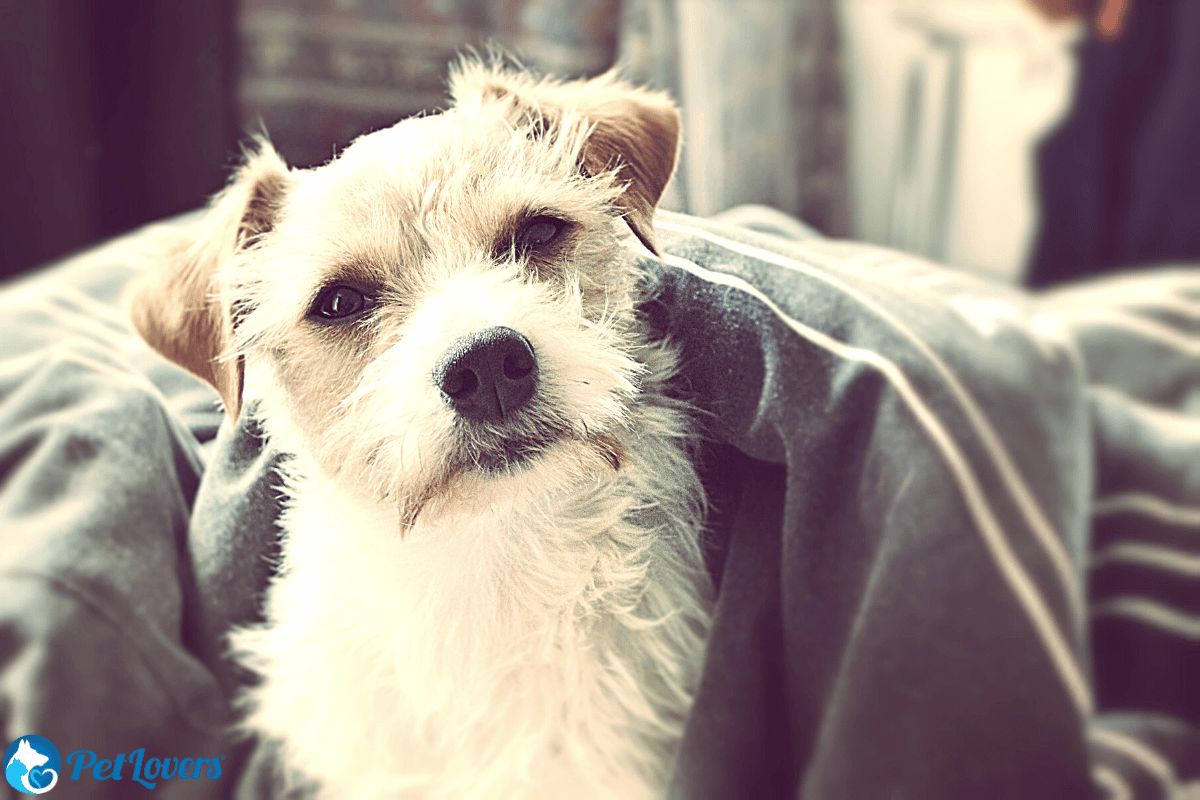
Wirehaired dogs are the lowest maintenance because their fur does not form mats quickly. Though these breeds need regular brushing, they can easily go two to three months without grooming.
You also won’t need to bathe them often as their wiry hair is naturally brittle. They should be bathed with a gentle, soap-free shampoo without any harsh chemicals. Before bathing, use a slicker brush to detangle mats.
They also have some unique grooming needs: their thick coat needs to be hand-stripped. You can use a grooming knife and a stone to pull out dead and damaged hair from their coats.
The Miniature Schnauzer, Border Terrier, Wire Fox Terrier, Irish Wolfhound, and Wire-Haired Jack Russell are the most popular breeds with wiry coats.
Grooming is less about aesthetics and more about health. Regular cleaning and brushing strips away dead skin cells from the dog’s body. Not only does this improve the appearance of your dog but also prevents shedding.
It’s important to make sure that your dog sheds as little as possible to keep pet dander at bay. Pet dander contains harmful proteins that can lead to allergic reactions in humans.
By grooming your pet regularly, you can steer clear of nasty symptoms of pet allergies, such as a runny nose, itchy skin, cough, facial pain and pressure, nasal congestion, and sneezing. To control pet dander, make sure to also use pet hair removal tools to clean up dog hair left around your house or anywhere else.
Regular grooming is healthy for both you and your pooch. Grooming also includes nail trimming which minimizes the risk of bone deformations in your pet.
As long nails can make it difficult for dogs to walk, they may change posture to accommodate their nails which can lead to arthritis and other ailments. Furthermore, grooming helps prevent ear infections by cleaning the buildup and gunk in dogs’ ears.
Professional grooming goes beyond bathing, cleaning, and brushing the dog. A professional groomer will check for ticks, fleas, and other pests on your dog’s coat.
They also provide services like nail trimming and teeth cleaning. With years of experience, professional groomers can more efficiently sanitize your dog’s coat.
However, as getting your pet groomed can be expensive, you can do it yourself at home. It’s more than possible to trim nails, clean ears, remove dead skin, identify fleas, and give your dog a haircut at home, as long as you are using the right tools and following instructions.
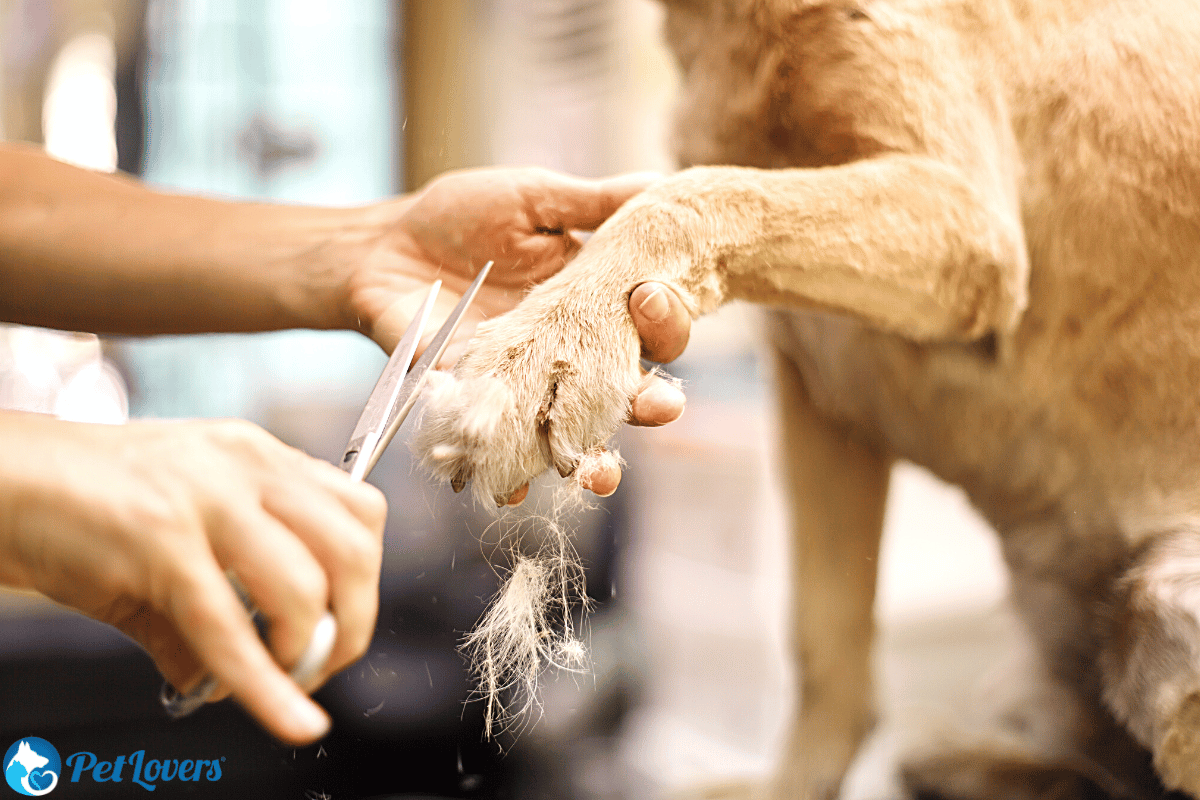
Pet parents should know that using the right tools is very important when grooming their pups. Some coats require natural bristle brushes, while others need to be brushed with stiff bristles. Here are a few tips for grooming your dog:
The only way to ensure the good health of your pooch is by grooming them regularly. After reading this article, you should be clear about your pet’s unique grooming needs. Depending on the breed, coat type, and fur type of your canine, you can set a grooming schedule and stick to it. It’s also important to use the right grooming tools if you are doing it yourself.
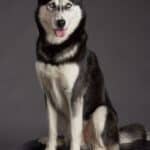 PetLovers
PetLovers
Grooming your dog regularly helps minimize shedding, control where that loose hair falls, and improve the health of your dog’s
Have you begun to notice a little more cat fur around the home than you are used to? Most cat
A slicker brush is one of the most essential tools in your dog grooming arsenal. This product can do it
TO GET 15% OFF ON ALL YOUR PURCHASES